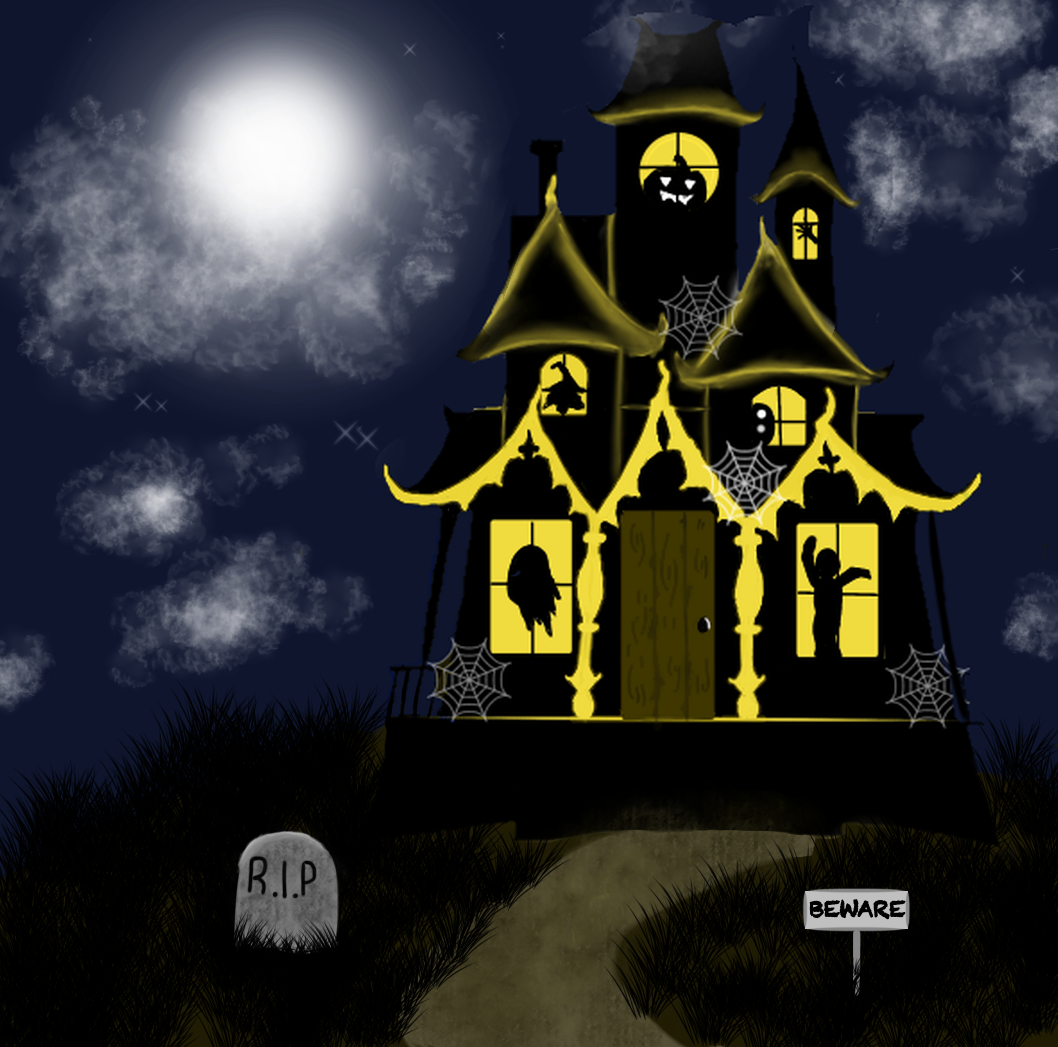Haunted house or torture chamber: McKamey Manor blurs lines
Costumes, scares, and gore galore, spooky season is finally here. Many excitedly prepare their own Halloween costumes and watch horror movie classics to celebrate the eerie month of October. Others are not satisfied after merely watching horrors unfold and would much rather be in the sinister atmosphere themselves. Visiting a haunted house is a safe way to sate this desire to bring thrilling movies to life. Jump scares are enough to make people jolt and scream, making this a fun pastime for families and friends alike.
Haunted houses originated during the Great Depression, and their purpose was to keep children occupied in a cost-efficient manner. Parents recreated scary scenes in their basements, and kids went from house to house. It was just like trick or treating, except this time, the emphasis was all on being tricked. Haunted houses were originally homemade and simple, all until the Haunted Mansion in Disneyland opened its menacing doors in 1969. This attraction was captivating to say the least, and guests were left awestruck by the realistic ghosts and ghouls that were brought to life using illusionary techniques. The fright felt inside Disney’s Haunted Mansion left people craving more light-hearted terror, and thus the haunted house industry boomed.
As with anything, haunted houses have evolved exponentially over time. Jump scares aren’t always enough to knock the socks off of guests’ frightened feet, so to keep people on their toes, haunted houses have gone extreme. Some haunted houses walk the fine line between scary and abusive, the most notable example being McKamey Manor in Tennessee. A sign on the door is not needed to “Beware!” the brave guests, as they must be over the age of 21 (or 18-20 with parental approval), have a doctor’s letter clearing them physically and mentally, bring proof of medical insurance, and sign a 40-page waiver upon entering the McKamey house. Russ McKamey, himself, describes the experience as safe overall with dangerous elements, and considers it a game of survival training.
While some participate for the thrill, others are motivated by a $20,000 cash prize awarded to those who endure the entirety of the Manor house. However, the great prize has yet to be won. Once anticipating guests are cleared to enter, the horrors begin. Previous guests have been tased, whipped, and forced to eat and drink unknown substances including vomit. McKamey considers these acts “psychological games”; however, many guests leave the house both physically and mentally traumatized.
One participant claims to have been waterboarded, whipped, and hit in the face repeatedly. Her experience at McKamey Manor ended unfortunately with a trip to the hospital. McKamey argues the “no safe-word policy” is to blame for the guest’s ill-fated visit. Others argue that participants should read the waiver attentively, and only sign off if they are willing to withstand the various tortures.
The monstrosities of McKamey Manor even caught Hulu’s attention. Monster Inside: America’s Most Extreme Haunted House, released on October 12, 2023, follows McKamey and sheds light on the horrors of his extreme haunted house. In fact, this documentary has left the internet conflicted about where to draw the line when it comes to haunted house scares.
The original intent behind haunted houses was to scare and occupy children, and while McKamey’s house is geared towards adults, the severity is too much considering guest’s safety, and even their lives, are at risk. The majority feel satisfied by jump scares and special effects and can agree that it is completely unnecessary for actors to touch guests. While some haunted houses have the courtesy to leave it up to guests to decide if they’re comfortable with physical thrills, others consider entry automatic consent. Assuming consent to be touched is problematic, and can cause unwanted discomfort within the experience. Especially considering the darkness, as well as flailing bodies reacting out of fear, it can be difficult for actors to see whether they are touching the guests.
Many actors have equal concern, as frightened guests tend to lose control of their bodies. Jump scares and the ominous vibe is enough to set off a participant’s fight, flight, or freeze response. Unfortunately, actors often face the brunt of the “fight” reaction. While many haunted houses have regulations to protect the actors, guests cannot be punished for their reflexes, creating a paradoxical predicament. At this point, the occasional slap across the face or punch in the gut might as well be included in the actor’s job description.
While most agree that haunted houses should show respect towards guests, and vice versa, McKamey Manor would be out of business if there wasn’t an outlier. Sure enough, there are a few people who crave intensity in a haunted house. These people are often fine with being physically handled, as a jump scare does not feel real enough to trigger the desired fear. This is natural, as humans instinctively enjoy a jump in the heart beat. When exposed to a threat, the body faces an empowering hormonal response that makes them feel stronger and more intuitive. After the rush, many people reflect on moments of fear affectionately, and want to feel it again. However, some need more ferocity every time to trigger the hormonal reaction and feel truly amused. The Manor House, and other intense haunted houses like it, should be advertised towards crowds who desire an experience beyond a good scare.
Haunted houses are surely a Halloween staple, and many spend all year in anticipation of the thrills to come. However, these haunted houses hold the responsibility of keeping those who enter safe, as most don’t want to deal with true gore on Halloween night. If a haunted house’s authority is abused, their capacity to scare should be taken from them. Save horror stories for thriller movies, and have a killer Halloween.
By Jazmine Blustin
Published October 30 2023
Oshkosh West Index Volume 120 Issue II
